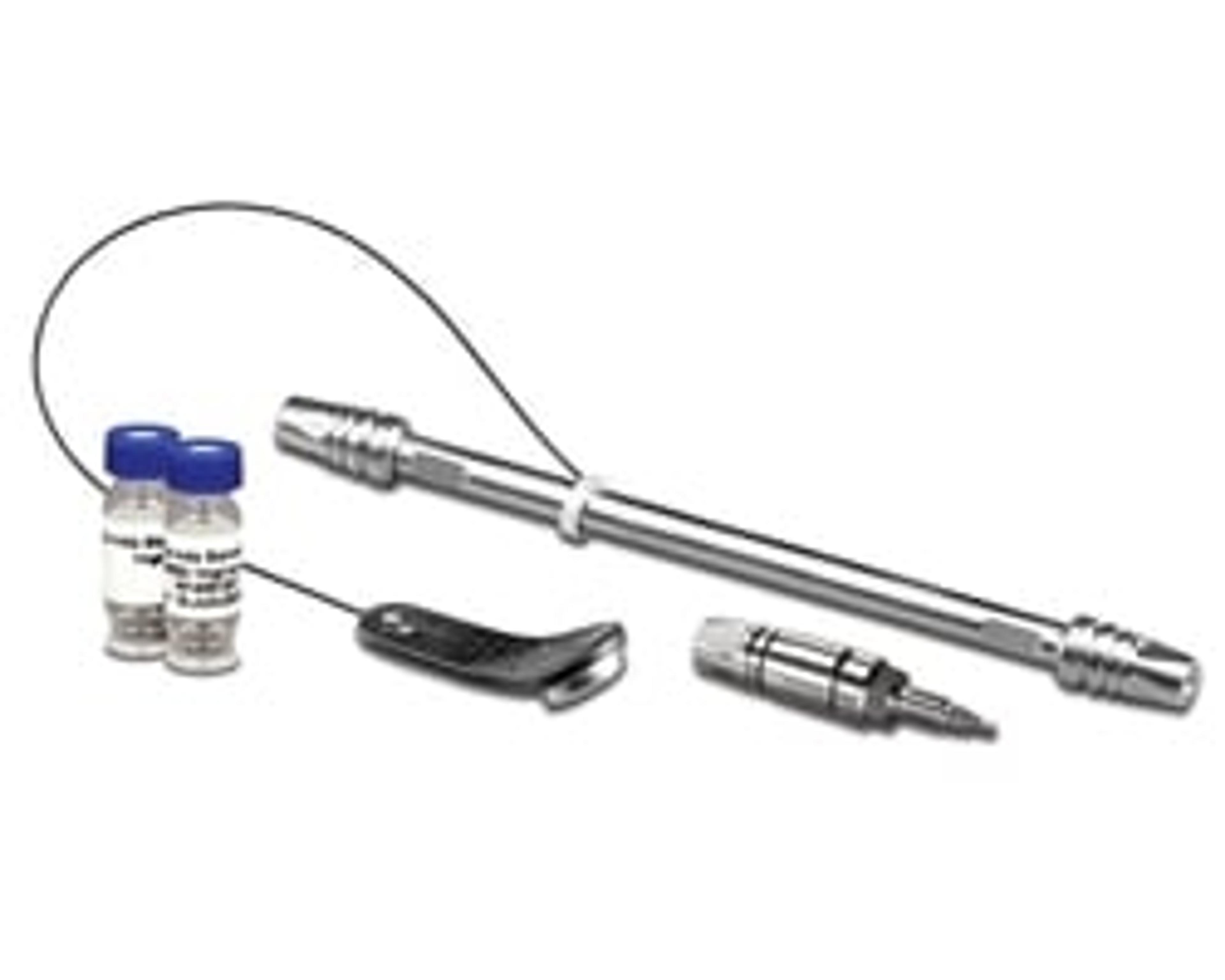Webinar Highlights: SelectScience Speaks to Leading Experts on the Latest Reversed-Phase Columns for Protein Separation
Learn the impact of column technology design on protein RPLC
18 Apr 2018
Efficient separations of monoclonal antibodies and antibody drug conjugates via reversed-phase liquid chromatography (RPLC) can often be challenging due to their size and complexity, making it hard for an analyst to achieve both high-resolution and recovery while minimizing experimental artifacts. In a recent webinar, SelectScience® spoke to two experts in the field to address this topic and to discover their solution for performing high-resolution characterization of protein therapeutics by reversed-phase liquid chromatography.
Dr. Davy Guillarme, senior lecturer at the University of Geneva, and Jennifer Nguyen, a research scientist at Waters Corporation, discussed the latest in RPLC technology and how the smart design of columns can make a positive impact to protein separations. Strategies to improve throughput and resolution for protein characterization and method development parameters were also covered.
Missed the webinar? Don't worry, you can now watch the webinar on-demand here>>
At the end of the webinar, our guest speakers answered live questions from our listeners, the highlights of this Q&A session can be read below

What makes Polyphenyl bonding perform so well?
JN: There are two aspects to this. First we should talk about what makes a phenyl chemistry so unique. A phenyl-based chemistry has a larger ligand surface area for protein contact and potential for pi-pi interactions, which can give it advantageous selectivity. Second, it is important to understand the impact of the synthesis steps. The Polyphenyl bonding has an inordinately high surface coverage produced by a multi-step silanization process, it also contains short, constrained ligands that can minimize the heterogeneity of protein adsorption, while still being highly retentive. This all also gives a secondary effect of masking the silanols and minimizing their interaction with your protein.
Have any other compound classes, e.g. peptides, been tested on the BioResolve RP mAb Polyphenyl Column?
JN: From my perspective, it is that we saw mAb [monoclonal antibody] and ADC [antibody drug conjugate] separations to be some of the most challenging, so it is what we focused on to develop a new purposefully designed RPLC column. So, while we are in the process of carrying out more testing, we predict it could be good for other molecules, like peptides as well.
DG: I have not yet tried peptides, but I am sure that it will make a bit of sense. Even if there are some very good columns on the market, my feeling is that this column has a very special selectivity due to pi-pi interactions and steric hindrance. In some cases, we can have some difficult separation, for example peptide mapping, and it is probably that such a column could also help us to have an alternative selectivity compared to a regular C4 or C18 material, which is generally used for peptide separation. So, probably, it could help to resolve difficult samples in some cases or at least it could give us some different selectivity.
What is the impact on protein carryover when you lower the temperature and TFA [trifluoroacetic acid] level?
DG: In my opinion, it did something that could be a bit critical, but as we have seen it is extremely sample dependent. It will really depend on the types of mAbs you analyze. For example, if you are going with panitumumab that I showed before, it is clearly an extremely difficult sample. In some cases, you won’t be so much in trouble, but with more difficult samples, lowering the temperature and TFA will increase the potential ionic interaction that you have, which could impact the selectivity and also cause band broadening of your peaks. So, it will be extremely sample dependent, but generally, we don’t have so much of an issue with the BioResolve column when we are lowering the temperature and TFA in a reasonable way.
Have you seen protein charge differences between formic acid and TFA that affect column interactions?
DG: Generally, when we are using reverse phase conditions, the retention and selectivity is mostly driven by hydrophobic interactions. Generally, the effect of ionic interaction is quite minor. But, if we have ionic interactions, there will mostly be band broadening and other problems.
In terms of retention and selectivity, we do not see much of a difference. It’s clear that when we add some TFA, it will change the protein charge, because you will mask the protein charge by adding this ion pair. But overall, I have never observed a change in selectivity or retention when moving from formic acid to TFA. However, I have seen a big impact with band broadening.
Is there a Rho value in the Van Deemter equation?
DG: With the Van Deemter equation we have the A, B and C- terms, relating to the Eddy dispersion, longitudinal diffusion and mass transfer resistance. The Rho value is not directly inside the equation, but of course the Rho value will drastically change the A, B and C terms of the equation. So, depending on the size of the non-porous core that you have in your particles, it will obviously change the A, B and C terms and then it will change the Van Deemter equation and will hence change the shape of your curve. In terms of kinetic performance, the ideal column would be to use a totally non-porous material with a Rho of 1. But in many cases, this is something that is not possible because of loadability. So, we have a Rho value between 0.6 – 0.8, and this is a compromise so that we have some very good kinetic performance based on Van Deemter curve and also sufficient loadability and retention on the column.
Find out more on this topic from Davy and Jennifer by watching the full webinar on demand>>
SelectScience runs 3-4 webinars a month across various scientific topics, discover more of our upcoming webinars>>

